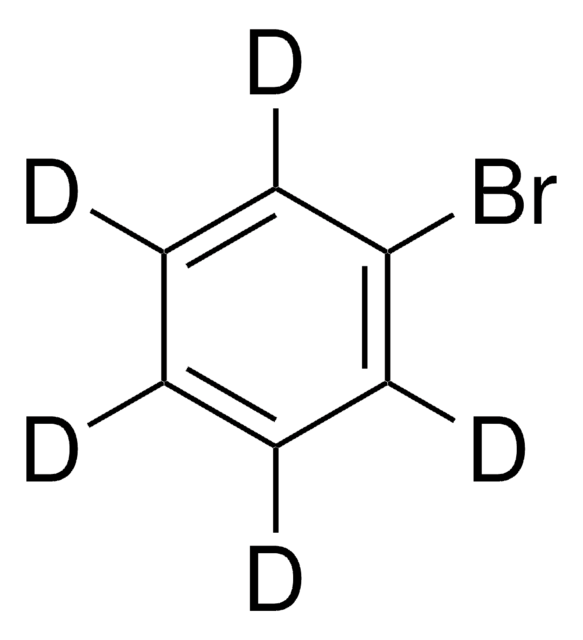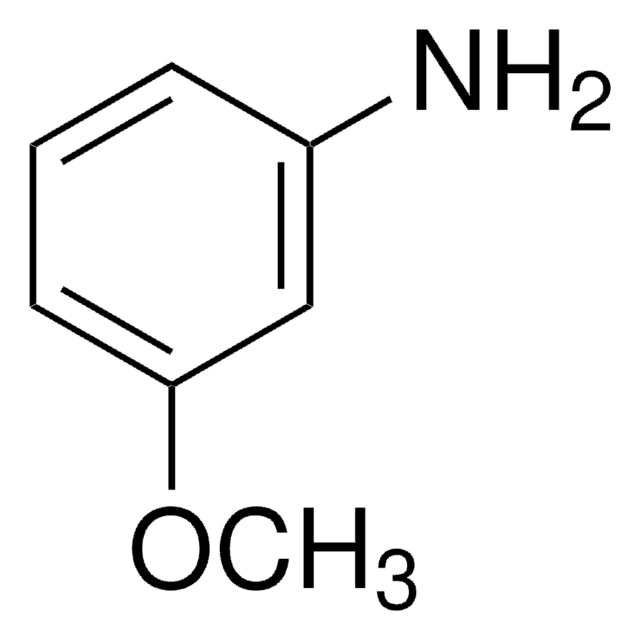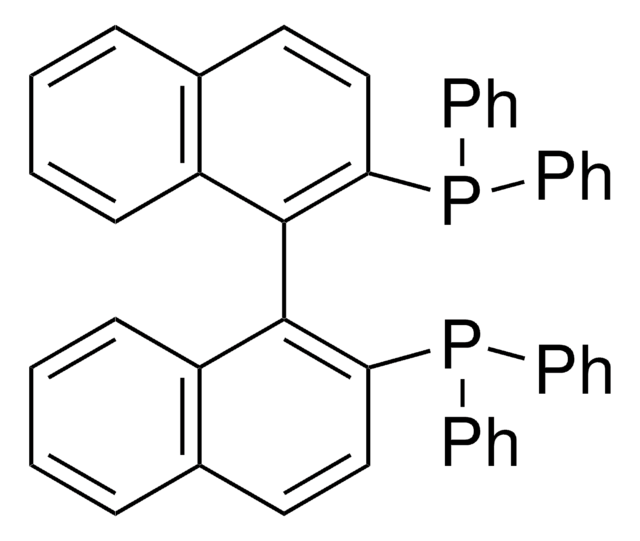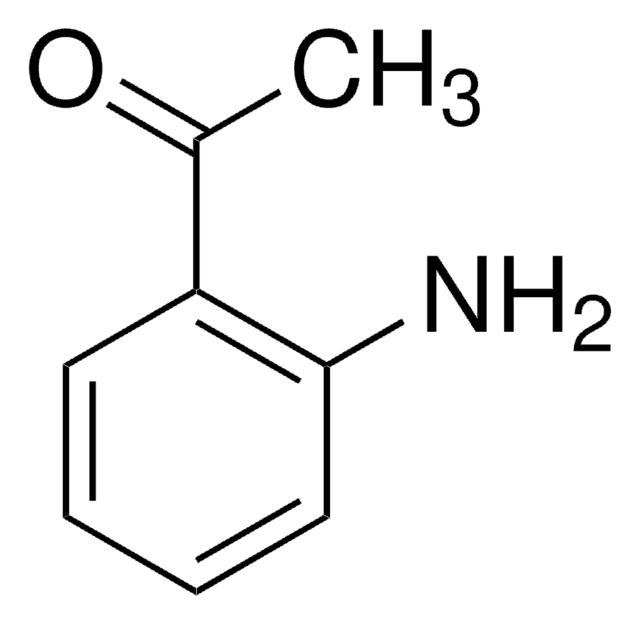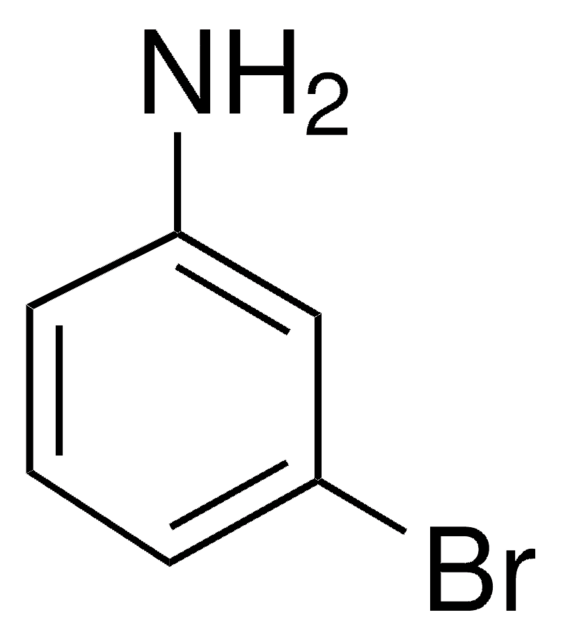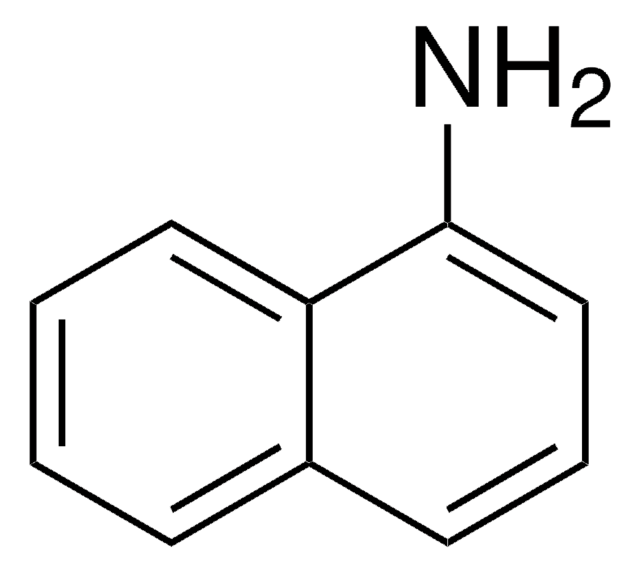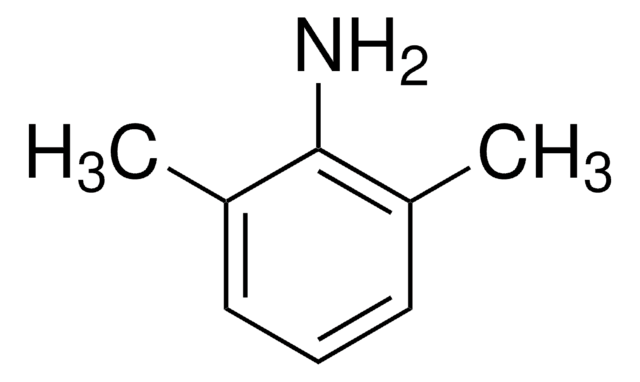All Photos(1)
About This Item
Empirical Formula (Hill Notation):
C12H11N
CAS Number:
Molecular Weight:
169.22
MDL number:
UNSPSC Code:
12352100
PubChem Substance ID:
NACRES:
NA.22
Recommended Products
Quality Level
Assay
97%
form
solid
mp
28-33 °C
functional group
phenyl
SMILES string
Nc1cccc(c1)-c2ccccc2
InChI
1S/C12H11N/c13-12-8-4-7-11(9-12)10-5-2-1-3-6-10/h1-9H,13H2
InChI key
MUNOBADFTHUUFG-UHFFFAOYSA-N
Signal Word
Warning
Hazard Statements
Precautionary Statements
Hazard Classifications
Acute Tox. 4 Oral - Eye Irrit. 2 - Skin Irrit. 2 - STOT SE 3
Target Organs
Respiratory system
Storage Class Code
11 - Combustible Solids
WGK
WGK 3
Flash Point(F)
>230.0 °F - closed cup
Flash Point(C)
> 110 °C - closed cup
Choose from one of the most recent versions:
Already Own This Product?
Find documentation for the products that you have recently purchased in the Document Library.
Customers Also Viewed
M Maclure et al.
American journal of public health, 79(10), 1381-1384 (1989-10-01)
The hypothesis that involuntary exposure to tobacco smoke--passive smoking--results in greater risk of cancer was assessed by measuring the levels of two known carcinogens in the blood of 57 nonsmokers with varying degrees of involuntary exposure, including six heavily exposed
M S Bryant et al.
IARC scientific publications, (89)(89), 133-136 (1988-01-01)
In a population-based study in Turin, Italy, smokers of blond tobacco showed 4-aminobiphenyl (4-ABP) adduct levels some three times higher than nonsmoking subjects, and smokers of black tobacco showed levels about five times greater than nonsmokers. A dose-response relationship between
Paul L Skipper et al.
Cancer epidemiology, biomarkers & prevention : a publication of the American Association for Cancer Research, cosponsored by the American Society of Preventive Oncology, 12(6), 503-507 (2003-06-20)
Roughly one-half of bladder cancer incidence in the United States can be attributed to known causes, mainly cigarette smoking, and it has been hypothesized that the aromatic amines in tobacco smoke are important etiological agents. Nonsmokers are also exposed, through
J W Gorrod et al.
Anticancer research, 6(4), 729-731 (1986-07-01)
The metabolism of 3-aminobiphenyl (3-ABP) and 3-acetamidobiphenyl (3-AABP) has been studied using fortified rat liver microsomal preparations. Metabolites in concentrates of ether extracts from hepatic microsomal preparations were analysed by TLC and GLC. The metabolites were characterised by a comparison
G Ronco et al.
British journal of cancer, 61(4), 534-537 (1990-04-01)
In a previous study we found that aromatic amines, particularly 4-aminobiphenyl, formed haemoglobin adducts at higher concentrations in the blood of smokers compared to non-smokers. We re-analyse here data on haemoglobin adducts of 14 aromatic amines in order to ascertain
Our team of scientists has experience in all areas of research including Life Science, Material Science, Chemical Synthesis, Chromatography, Analytical and many others.
Contact Technical Service


